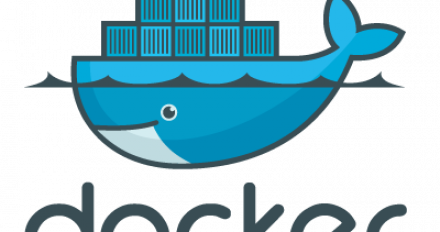
Article
Red Hat Identity Manager: Part 2 - Enterprise PKI Made Easy
This is the second installment in a series about using Red Hat Identity Management (IdM) on Red Hat Enterprise Linux and Fedora (using the upstream FreeIPA project). As described in part 1 , IdM makes it very easy to build an enterprise-grade identity management solution, including a full enterprise PKI solution providing complete x509 certificate life cycle management. Most organizations start with a simple self-signed Certificate Authority (CA) certificate, perhaps generated using OpenSSL ; with a little configuration and a...




